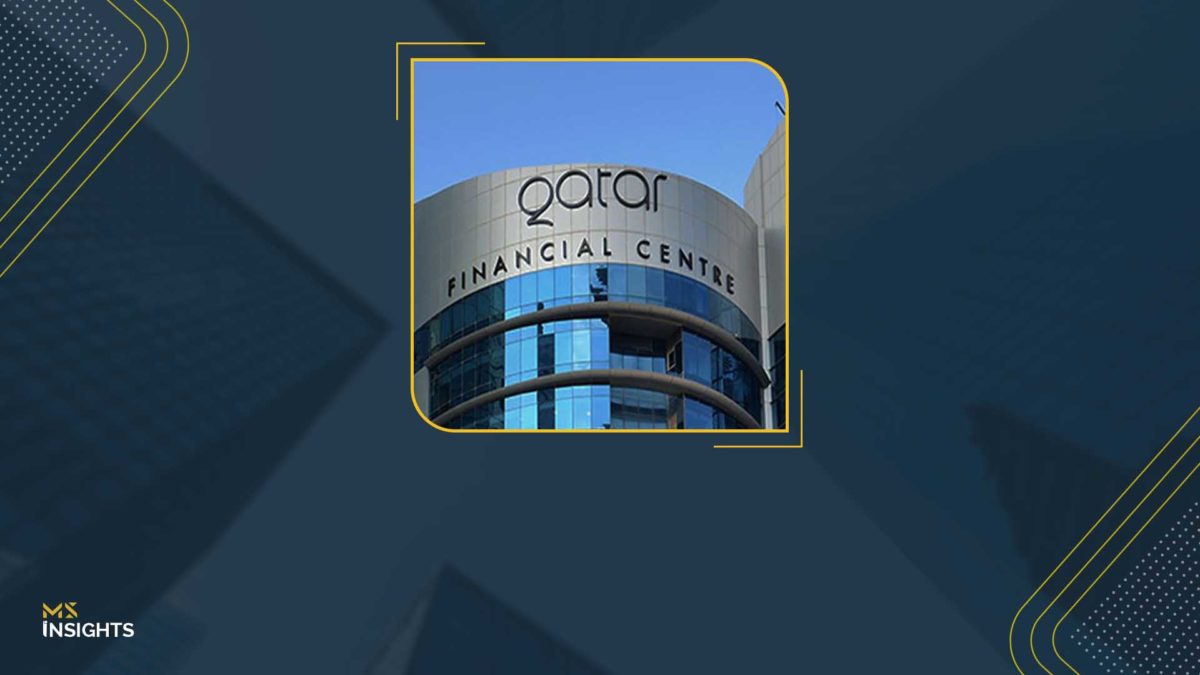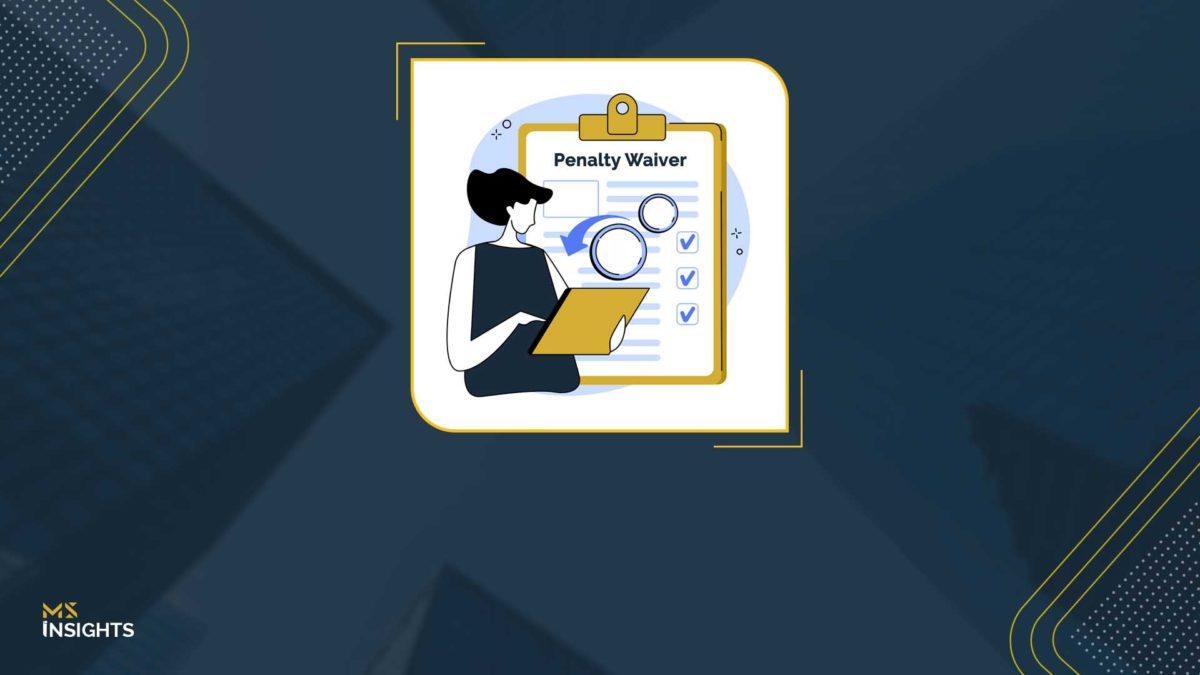Setting up a business in Qatar offers exciting opportunities, thanks to the country’s stable economy, strategic location, and growing focus on innovation and diversification. However, choosing the right platform is key to unlocking these advantages efficiently. The Qatar Financial Centre (QFC) provides a unique, internationally recognized environment that combines legal certainty, operational flexibility, and attractive tax benefits making QFC company setup one of the most compelling choices for foreign investors and multinational companies looking to expand in the region.
Why QFC Company Setup Is the Smartest Gateway to Qatar?
The QFC stands out as a premier platform for businesses looking to establish a strong presence in Qatar and the wider region. Offering 100% foreign ownership and a transparent 10% corporate tax rate, QFC provides a commercially attractive and flexible environment for international companies. Businesses benefit from access to over 80 double taxation treaties, no personal income tax, and no withholding tax on dividends, interest, or royalties. Built on an English common law framework, QFC company setup ensures strong investor protection, robust contract enforcement, and international arbitration standards. Companies registered under QFC can operate anywhere in Qatar, allowing greater market access and operational flexibility. Ideal for financial services, consulting, legal, tech, and corporate headquarters, QFC continues to attract global firms seeking a stable, innovative, and business-friendly jurisdiction in the heart of the Middle East.
Step-by-Step Guide to QFC Company Setup
Step 1: Submit Your Expression of Interest
The journey begins by submitting an Expression of Interest (EOI) through the QFC’s ‘Start Your Setup’ form. This is a preliminary step for QFC company setup that signals your intent to establish a legal entity within the QFC. It allows the QFC team to assess your business activity and provide guidance on your eligibility.
Step 2: Complete the Single Online Application
Once your EOI has been reviewed and your business activity is aligned with the non-regulated activities permitted under the QFC, you’ll receive a secure link to access the QFC online portal.
Through this portal, you can submit a Single Online Application for both registration and licensing of your QFC company setup. The process is straightforward and user-friendly, enabling you to upload necessary documentation and complete all required fields in one place.
Step 3: Receive Your Certificates and Scope of License
Upon approval of your application, the QFC will issue:
- Registration Certificate
- License Certificate
- Scope of License – clearly outlining the approved business activities
- Licensing Letter
These documents formalize your entity’s legal presence in the QFC and confirm that you’re ready to conduct business in accordance with your licensed activities.
Step 4: Start Operations
With all approvals and documentation in place, your QFC company setup is officially operational. You can now commence business activities, open a corporate bank account, hire staff, and leverage the benefits of operating within one of the region’s most respected financial centres.
MS: Empowering Your Business Journey with Expert Guidance on QFC Company Setup
At MS, we empower your business journey in Qatar by offering strategic, end-to-end support for successful entry and expansion within the QFC. As a trusted advisor with a strong footprint across the region’s top financial hubs ADGM, DIFC, and QFC, we deliver tailored solutions that simplify regulatory compliance, optimize corporate structuring, and unlock new market opportunities. Our deep understanding of the Qatari business landscape, combined with hands-on expertise in financial and professional services, ensures that your operations in QFC are not only seamless but strategically positioned for long-term growth.









